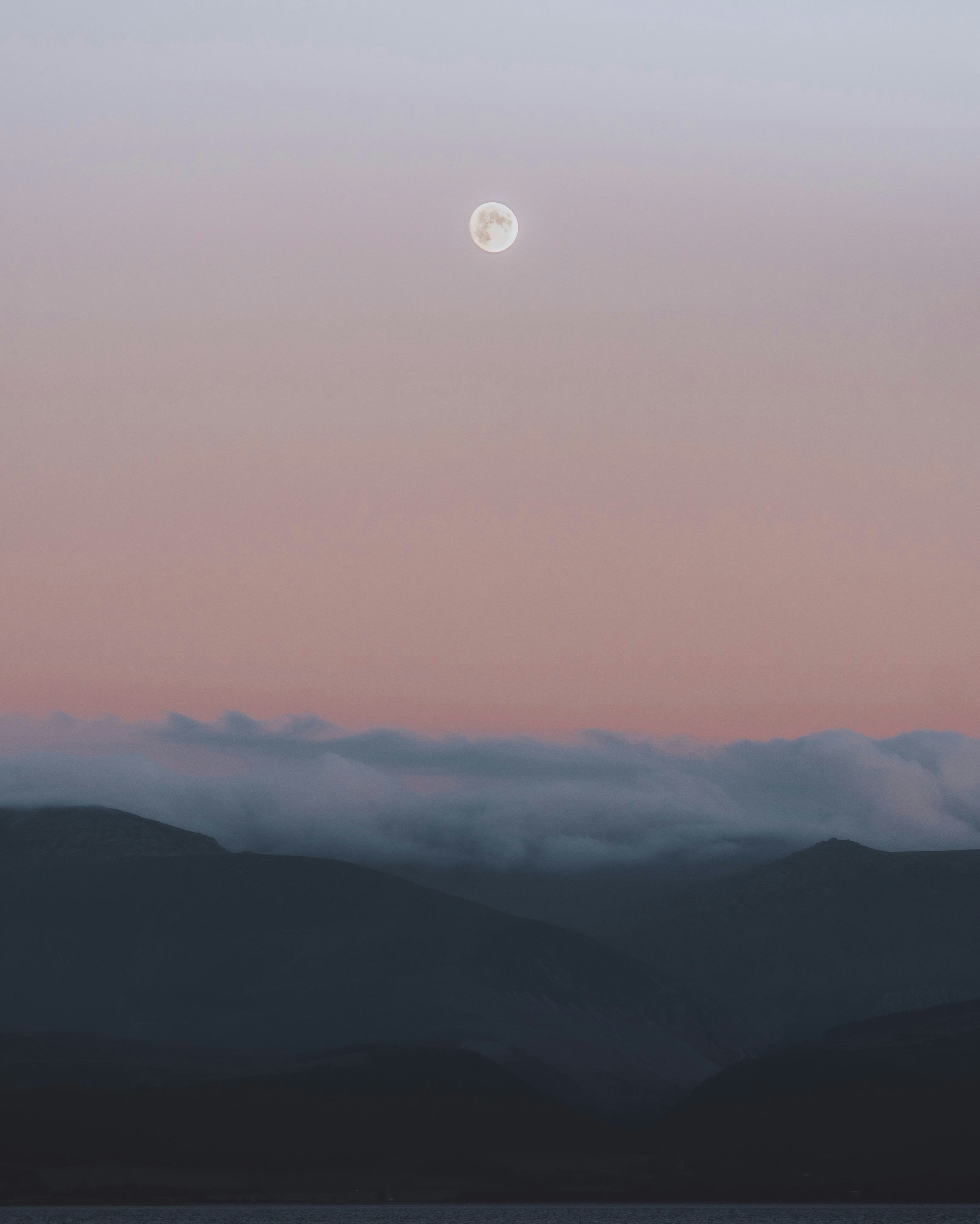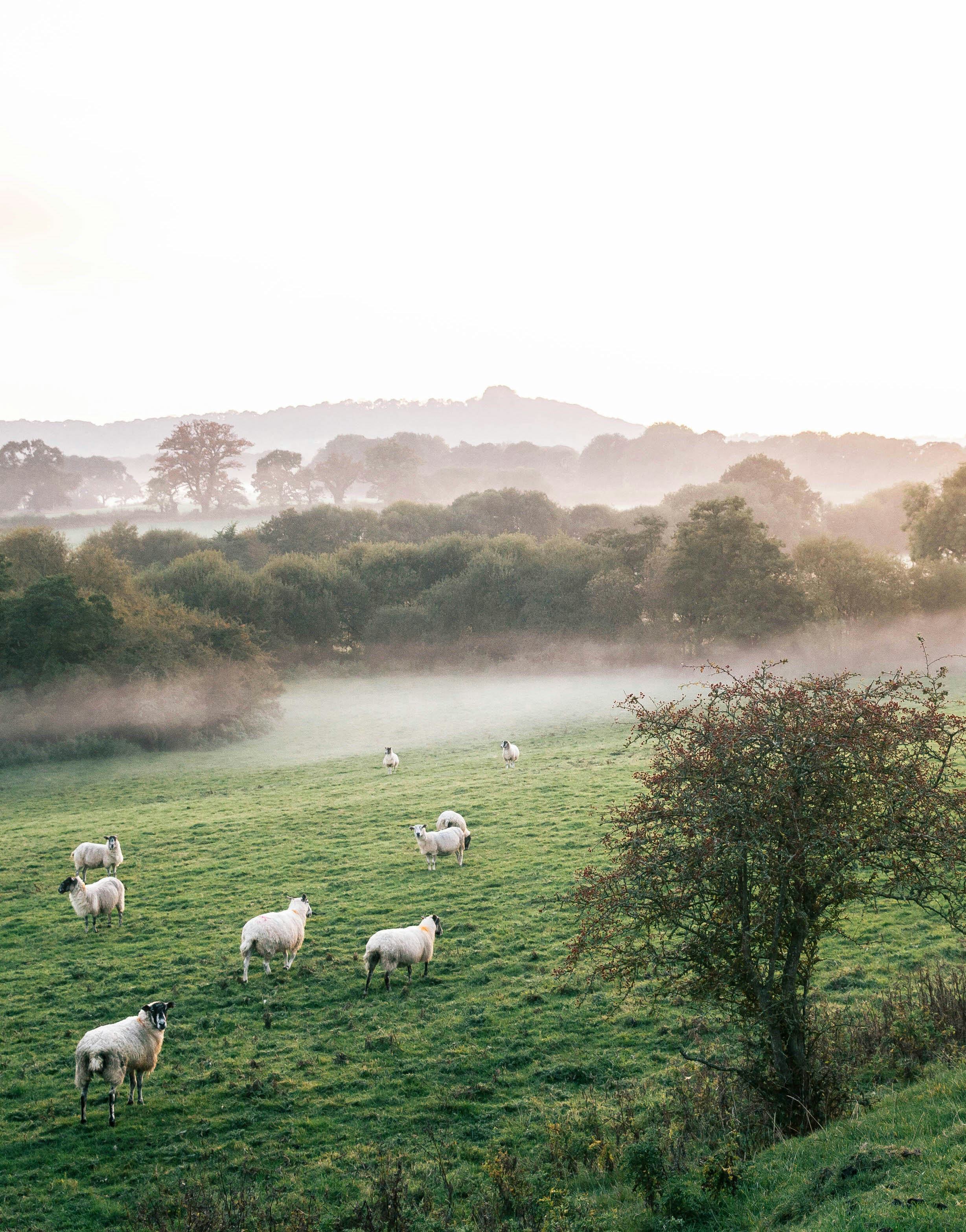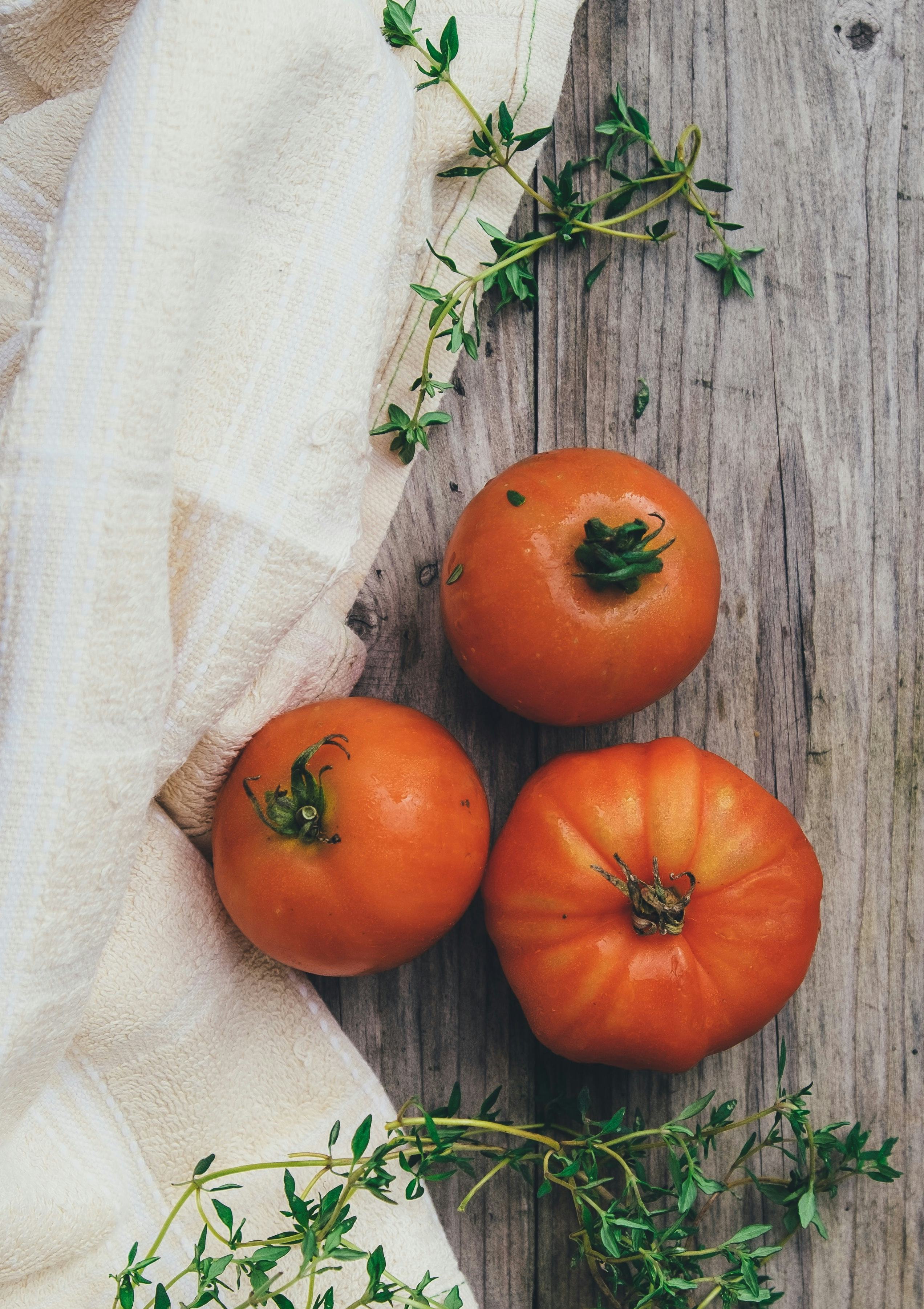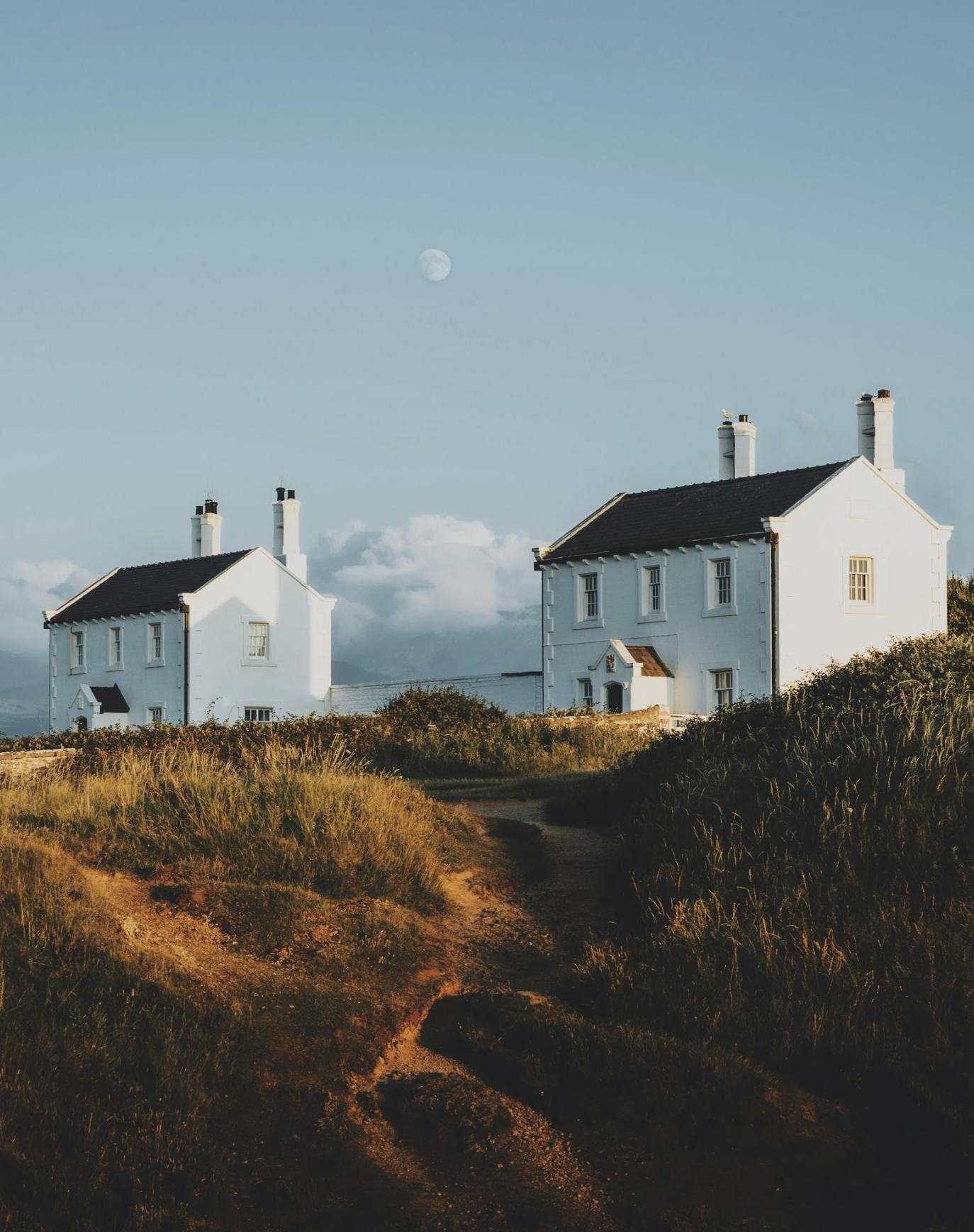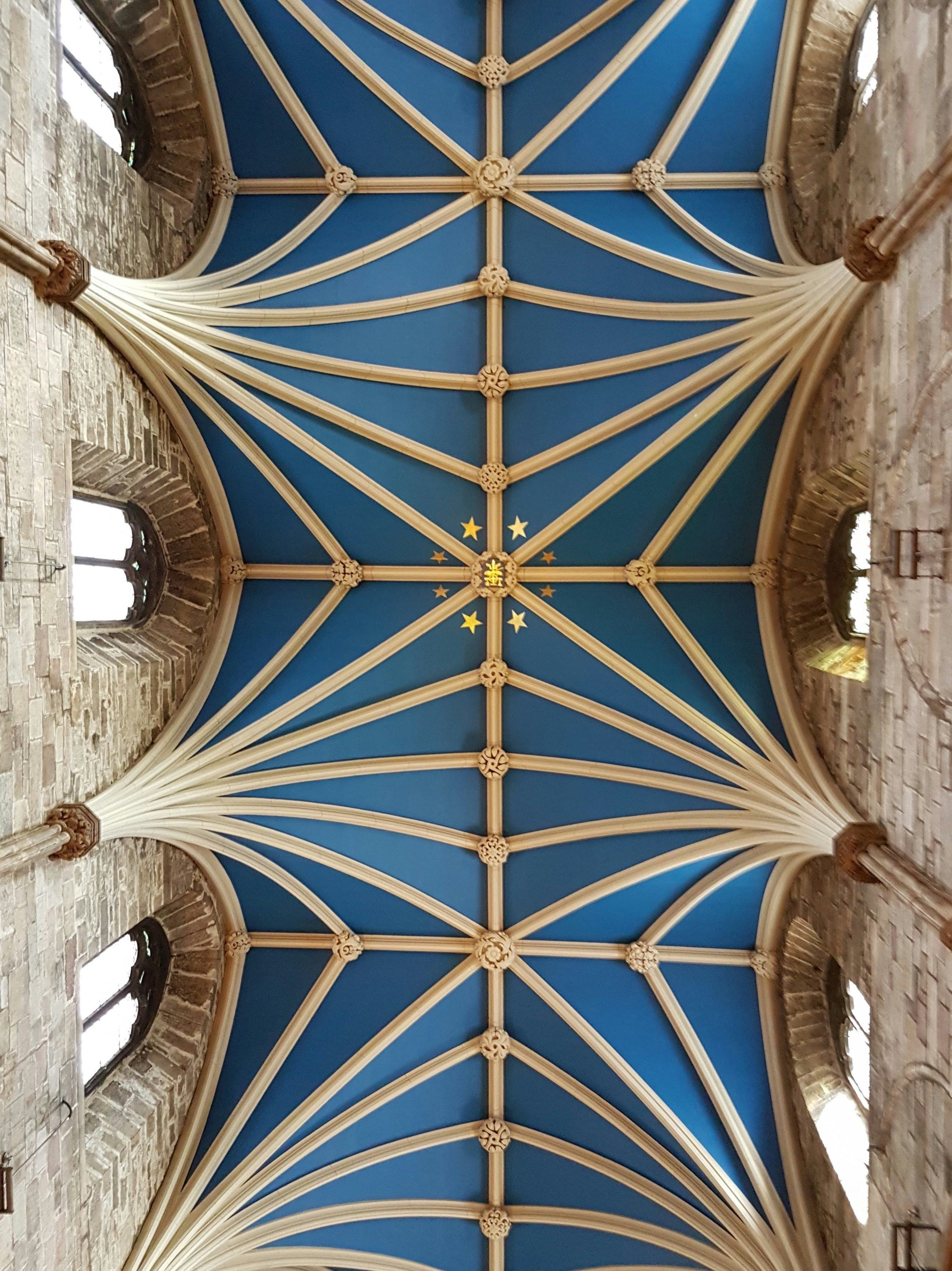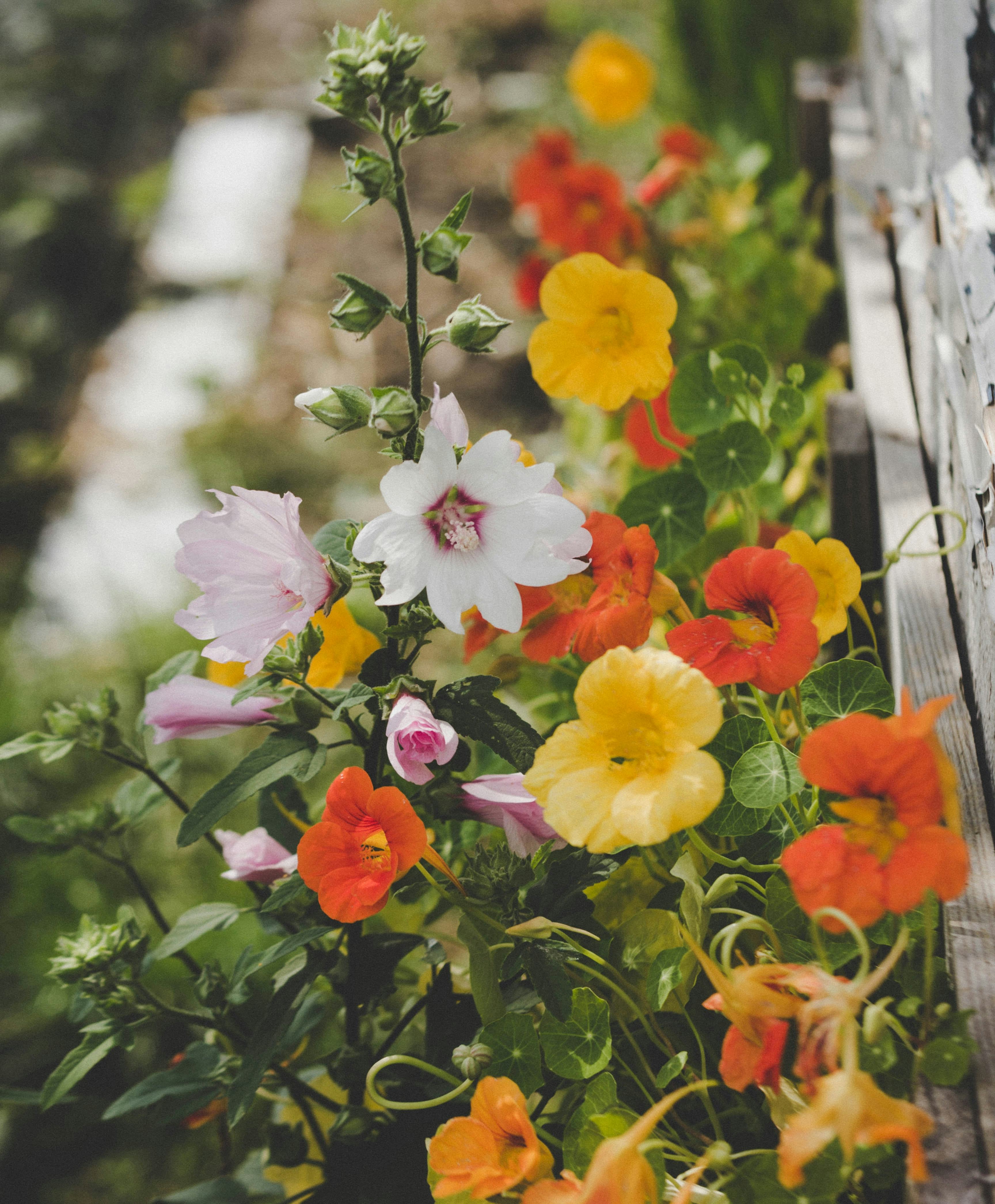I don’t want to worry. But I do. I want to lay my burdens down and find rest. But I don’t. My mind interferes. What will the doctor say? Are the children safe? Will there be enough food, money, firewood to last us the winter?
When I need to get out of my own head, I go to the garden. When the world is too much, I go to the garden to walk amidst the leaves and re-green my soul. The cares I carry in begin to fall away. The imminent return phone call dissipates at the sight of the arched trellis and curling vines reaching ever higher. The impending lab results vanish when the black-spotted orange butterfly lights on the spiky pink center of the echinacea by the stone wall. Here I can be with the bees. Ours is an inverse relationship. The more flowers they visit, the busier they are, the calmer my pulse, the slower my breaths. The world without calming the world within.
I do not go into the garden but instead enter it with the same reverence I would enter a church. My feet fall soft, slow, eyes spread wider as I don’t just watch but observe this world behind the picket fence. I linger long. Notice how dew drops bead on leaves whose names are Kale and Nasturtium. No matter how harsh the rain, these leaves are hydrophobic, the water will never seep in, never mold their green.
The garden is a place I feel protected. In this verdant refuge, I can hide behind staked tomatoes. The plants are benevolent. The more they grow, the more they shield me from the traffic, the noise and nosy eyes. Although not a temple for the masses, my garden is a sanctuary nonetheless. At first, in early spring, it’s just me and a few birds and bees waking from their winter slumber. Then the crawlers join us as I bury my hands deep in this ground, this holy ground where life abounds and my soul finds the rest it craves. The winged creatures join us, and before we know it, in mid-July, it is a chorus, humming and buzzing. Not so distant angels add their Hallelujah.
The garden is a place just steps from my front door where I go to escape the world in my mind while, at the same time, delving deeper into nature and its wonders. The way the bumblebee burrows its head into the sunshine yellow squash blossom and then buzzes past me, my mind just moments before brimming over with concerns that suddenly seem far less important than the bees’ job of pollinating plants for the planet. I step aside and let them do their work.
And work in the garden is hardly laborious. Strenuous yes, with its digging and pulling and hauling, but meditative, too. Only now I’m not dwelling on petty daily concerns but pondering life’s mysteries and contemplating its larger themes of birth, death, decay, rebirth. Even amidst the chaos in the world, there is still a similar sense of this order of life in the garden. First the seed, then the flower, then the fruit. The cherry tomatoes always grow in pairs, lined up like a wedding procession. And then there is the order of their colors. The first to ripen on the strings are the ones closest to the stems. Depending on the variety, they will be red or orange. Then come the yellow ones, then the green ones furthest from the stem, the last to ripen. As St. Augustine said, “order brings peace.” And comfort. I look at the cycle of life in the garden and it’s predictable. In that predictability I find comfort. Rest for my world-weary soul.
This place is not just a square of dirt where I drop some seeds and walk away. When it's bursting forth in all its glory, I visit it daily. But even when the harvest is ended and I’ve tidied it up for the next growing season, the garden still hasn’t left me. It stays with me throughout the year. Where once green leaves grew vertical towards the sun, in fall, brown leaves collect in layers and lay horizontal, the posture of slumber, in those same raised beds. Snow drifts around the garden structures, piles high on dormant ground, saturates the soil to prepare it for later, for later, while seated on quiet shelves are delicious artifacts housed in jars that rival stained glass. They remind me of time well-spent in summer sun under the heavenlies.
Miracles happen here. Life bursts forth from death. Hard ground is broken. The most miraculous aspect? I play a part in the creation. Plant one seed and from the one plant that grows, so much fruit! And in each fruit, so many more seeds! Water becomes not just wine but soup, salad, sustenance. For me, the garden is a place of worship. I’ve gotten on my knees here. So many times year after year to participate in gardening as a verb, yes, but many more times to pray. To let my heart cry out. To let hot tears fall to earth. To wait on a whisper.
The garden is a sanctuary to behold the holy and, in the process, to be held.
Amy Nicholson finds grace in ordinary places. She writes by a waterfall in northwest Connecticut where she lives with her husband and their three amazing kids, an aloof cat (aren’t they all?), and a black lab who doesn’t know she’s not a human. She has been published in Country Woman, Green Mountain Trading Post, Today’s American Catholic, among other places, and on her website.
Discover more from Amy Nicholson .